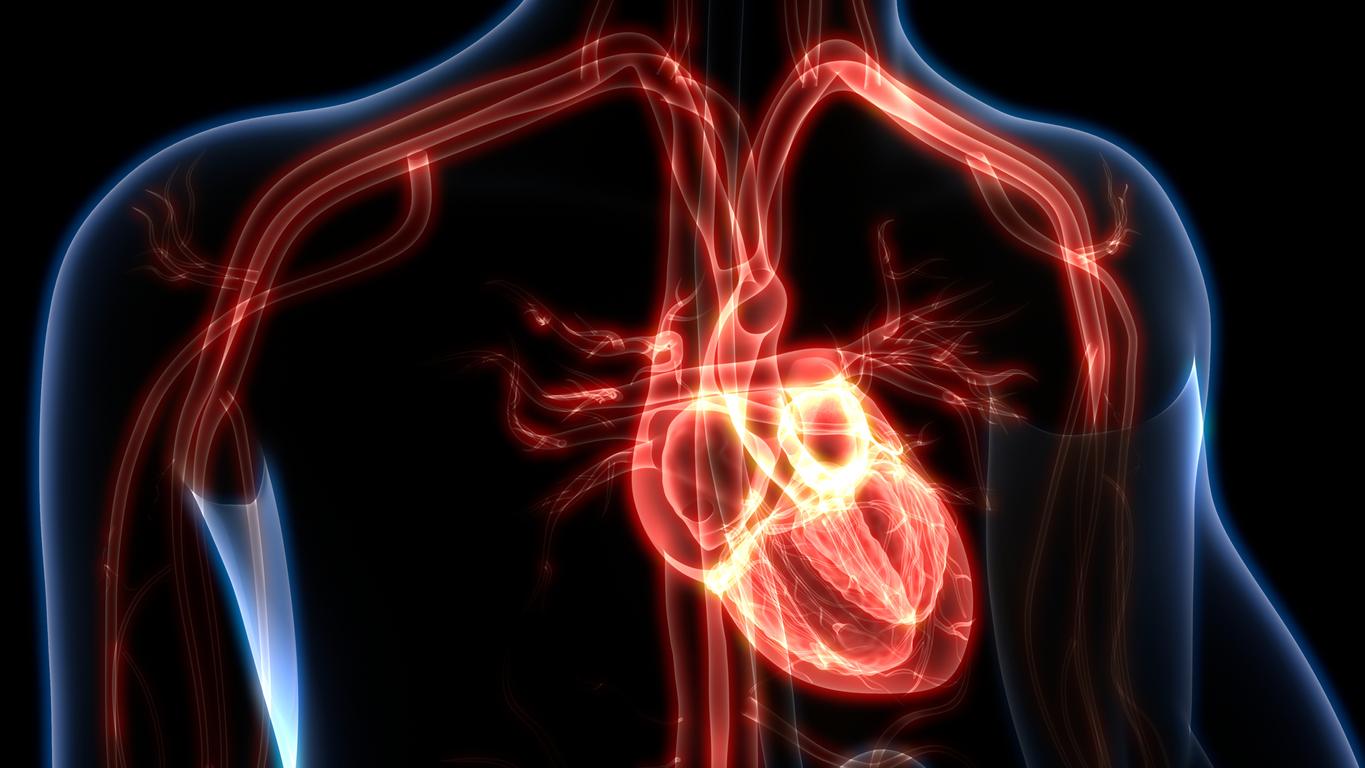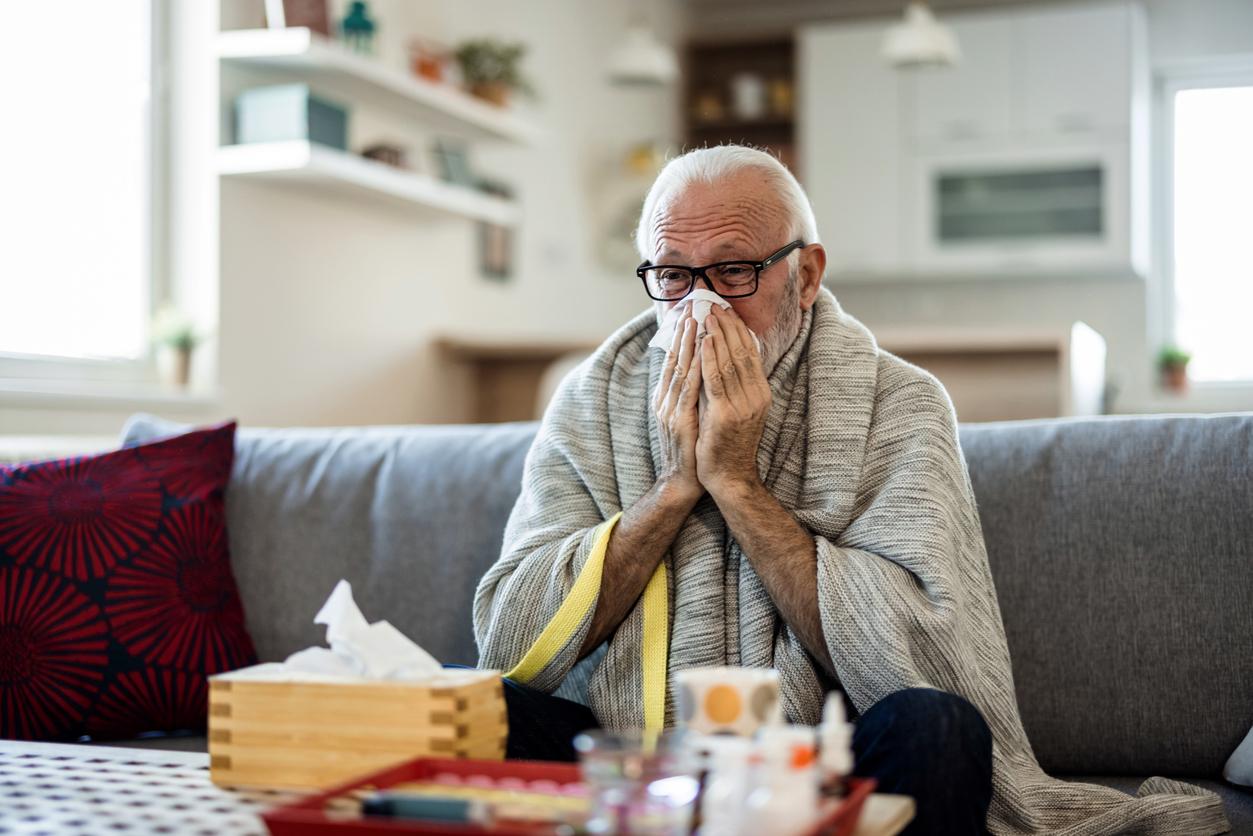Scientists have created an artificial heart that beats like the real one, which could revolutionize research in this area.

- Scientists have created a biorobotic heart that beats like a real one.
- It has been successfully tested in “mitral regurgitation” research.
- This process could revolutionize cardiology research.
Published in the journal Devicescientists have created a biorobotic heart that beats like a real one and could thus revolutionize research in this area.
Before a medical intervention can be used on a real patient, it must first be thoroughly tested for safety and effectiveness. For procedures involving the heart, researchers today have two options: simulators and animal models.
Current simulators have a short lifespan, since they can only be used for a few hours, and cannot completely reproduce all the structures that make up a heart. Animal studies, while still very useful in many areas of medical research, are expensive, time-consuming, and controversial.
What are the advantages of the new heart artificial ?
To find other ways to study the human heart, researchers have designed a new object.
“Our simulator has a huge benefit for those studying different heart valve conditions and interventions,” the research director said in a statement. “When you work with patients, you cannot visualize the process because there is blood in the heart. With the robot, this blood is transparent, so you can observe all the steps,” he continues.
The new artificial heart tested on “mitral regurgitation”
To test their new artificial heart, his team looked at a disease called “mitral regurgitation”, which affects approximately 24.2 million people worldwide. In this case, the mitral valve between the left atrium and ventricle of the heart does not close properly, meaning blood can flow in the wrong direction.
The scientists used a pig heart as a basis, removing the thick muscle that surrounds the left ventricle and replacing it with a robotic silicone pump. When inflated, the pump compresses and twists the heart like a real muscle would.
By damaging the mitral valve to make it leak, the team was able to allow cardiac surgeons to operate on the biorobotic heart, trying three different surgical techniques to correct the problem: anchoring the valve tissue so that it does not do not flee; implant a device to help the valve close properly; completely replace the valve with a prosthesis.
“Our artificial heart can serve as a surgical training platform for clinicians and medical students. It can also allow engineers to study their new designs and even help patients better understand their own disease and treatments,” conclude the scientists.












-1739366311.jpg)



